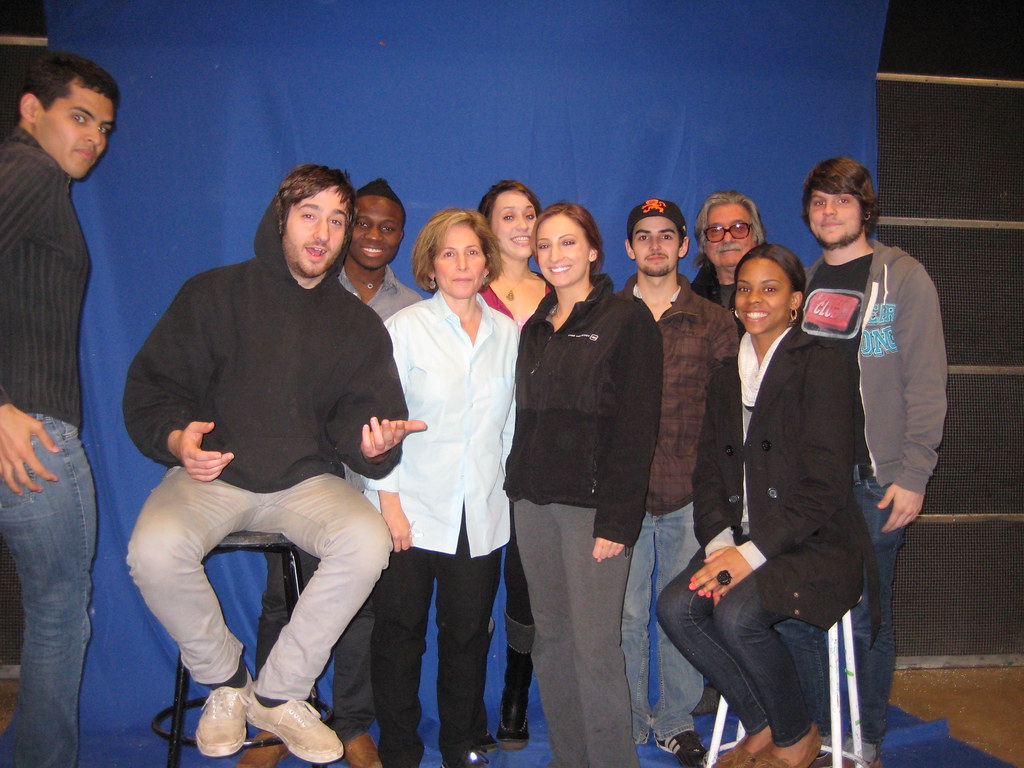The Following exercise was inspired by both Janet Cardiff’s audio walks (Two of which are Walk Münster by Janet Cardiff with Georges Bures Miller, 1997. Skulpture Project Münster 97, curated by Kasper König, Münster, Germany and The Missing Voice (Case Study B) byJanet Cardiff with Georges Bures Miller, 1999. Whitechapel Library organized by Artangel, London, England, June 17 – Nov. 27, 1999.) an example of the expressive, generative version of ambulant geo-notative locative art practice; and Sophie Calle’s Suite Vénitienne, where she used a conceptual strategy to create a document with photos providing evidence of her search to Venice to look for a stranger she met at a party. One student chose to follow five different people at his usual stop on the subway. Three of these people were “intimate strangers”, people he had observed frequently on his route, but
whom he did not know. Two people he followed, as a first encounter. He documented the experience of each trajectory, the time and distance traveled the fantasies and assumptions of each life, housing them all in a web-based map project.
Jean Baudrillard writes,
“To follow the other is to take charge of his itinerary; it is to watch over his life without him knowing it. It is to play the mythical role of the shadow, which, traditionally follows you and protects you from the sun – the man without a shadow is exposed to the violence of life without mediation – it is to relieve him of that existential burden, the responsibility of his own life. Simultaneously, she who follows is herself relieved of responsibility for her own life as she follows blindly in the footsteps of another. Again, a wonderful reciprocity exists in the cancellation of each existence, in the cancellation of each subject’s tenuous position as a subject” (1983 p.82).
Somewhat similarly, the responses of past students to the assignment ranged from one student’s realization that in her heart she loved to follow people – in fact, she realized that she had quite an “affinity for following people.” A city where walking is the main mode of transportation constantly puts people face to face, often the same people over and over. Since she moved to New York, it had frustrated her to find herself constantly surrounded by people she recognized but had never met. This assignment was her chance to figure out who these people really are. Yet, once she was asked to turn her curiosity into an exercise, the idea of following turned sour. She said, “I felt like I was invading not only their physical space, but their mental space too.”
A different reaction was elicited from another student, who was extremely threatened by the idea of following someone and allowing someone else’s physical itinerary to determine her movement in the city. Her sense of territory had distinct
racial and economic boundaries that determined her awareness of safety. Following another route was deeply disturbing. Her solution was to solicit the help of a friend to go with her. However, throughout the experience of following someone on an unfamiliar route, she commented that she had to “watch her back,” which became the next exercise for the class.
The Following exercise is similar to the Loca (Location Oriented Critical Arts) project. According to Evans et.al. Loca was initiated out of an interest in how surveillance and social control emerge as a residue or unforeseen effect of virtuous information systems and network technologies. Loca observes people's movements by tracking the position of the Bluetooth enabled devices that they carry. Over seven days more than two thousand five hundred people were detected enabling the team to build up a detailed picture of their movements. People were sent messages from a stranger with intimate knowledge of their motion. Over the course of the week the messages became gradually more sinister, the would-be friend mutating into stalker, "coffee later?" changing to "r u ignoring me?" For participants the experience of Loca is intangible, it unearths
what is not seen. The aim is subtle affect. As the developers note, “Loca is like a picture glanced at sideways, a message caught in the corner of the eye, or a mosquito swatted on the arm (http://www.loca-lab.org/).” It makes apparent the
kind of peer to peer observations that become possible as a result of the discomforts and dislocations associated with everyday surveillance.
Tuesday, October 6, 2009
Subscribe to:
Post Comments (Atom)




No comments:
Post a Comment